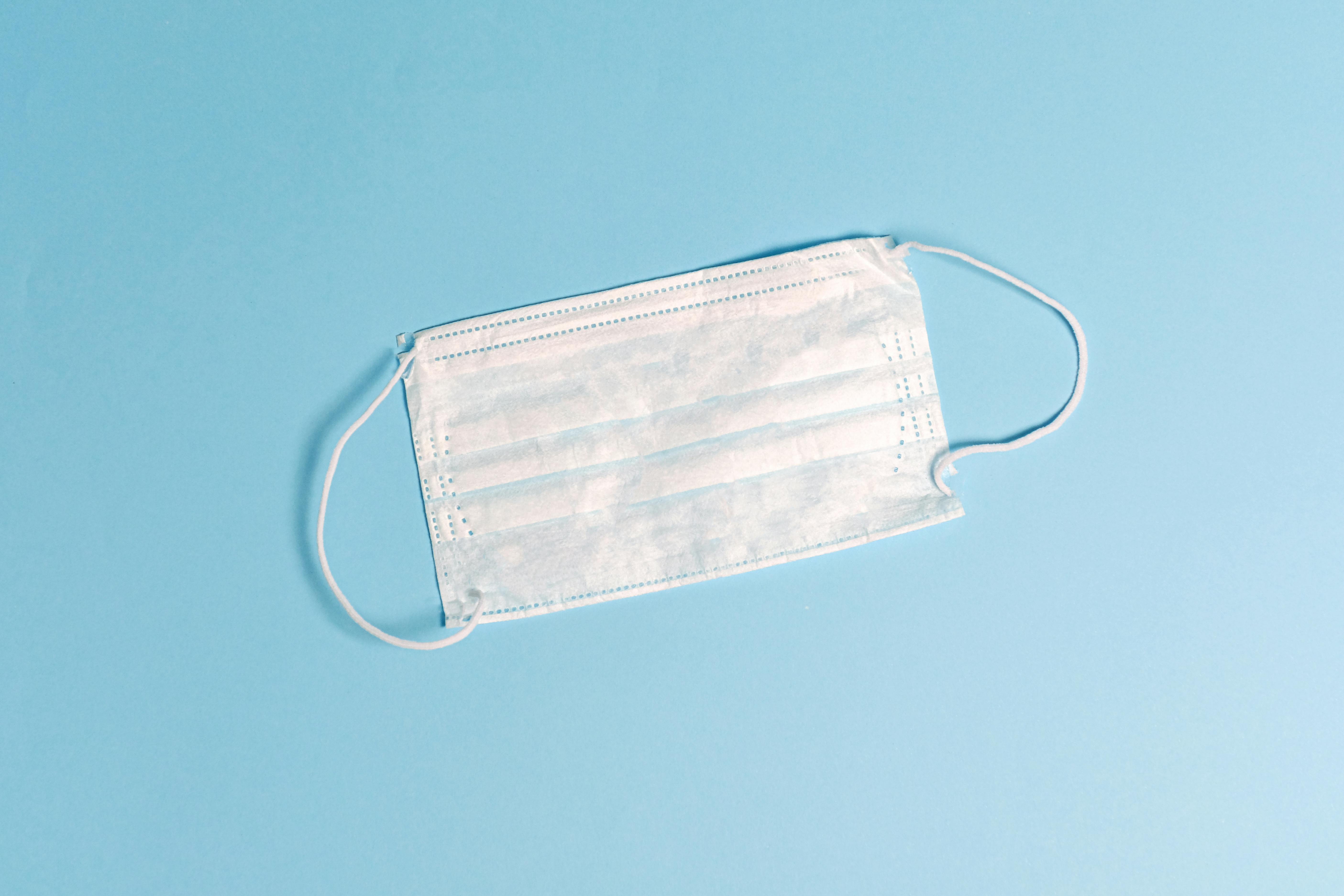A medium-sized gym can be between 500 and 1,500 square feet. Gyms of this size can be found in a school, hotel, community center, or workplace such as a corporate office or fire department. Depending on the needs of the facility, designers can include numerous types of commercial fitness equipment for cardio and weight training. There may also be rooms or spaces for instructional classes such as yoga, pilates, spin classes, or martial arts. The layout and design of a gym of this size depends on the total space and budget available. The following are some types of exercise equipment to consider when designing a medium-sized gym.
cardiovascular equipment
Aerobic exercise is a key component of any health and exercise regimen. A minimum of 20-30 minutes of low-impact cardio exercise at least 3 times a week is recommended to stay fit and healthy. Some of the most popular types of cardio equipment in a commercial gym are treadmills, elliptical trainers, and exercise bikes. Stationary bikes come in 3 different styles: upright, recumbent, and spinning. Stair climbers and rowing machines are also other options. A sample medium-sized facility with multiple users might include the following cardiovascular equipment:
• 3-5 treadmills
• 2-3 elliptical machines
• 2-3 exercise bikes
• 1 stair climber and/or rowing machine
Treadmills are often the most popular cardio equipment in a gym. They are ideal for both beginners and advanced exercisers as they are easy to use and offer a range of exercise options from walking to running. To minimize waiting times, it is helpful to include a larger number of treadmills than other cardio equipment. Elliptical trainers provide a complete, low-impact cardiovascular workout, combining the upper and lower body. The move is similar to cross-country skiing and is often recommended as being easy on the joints.
weight training equipment
Strength training is another key component of a health and fitness regimen. Strength training builds bone density and muscle tone. Typical strength training equipment in a commercial gym includes specialized weight machines, multi-station gyms, and free weights. Gyms with limited space may choose to include 1 or 2 multi-station gyms that work multiple parts of the body, while larger gyms may include more focused and specialized machines, such as:
• Seated leg curl machine
• Leg press
• Leg extension
• Side pull machine
• Chest press
• Squat machine
Free weights should include a set of dumbbells with weights ranging from 5 to 75 pounds. It is important to designate a specific area of the gym for free weight exercises to best ensure comfort and safety.
Additional fitness equipment to consider includes exercise or Pilates balls, exercise bands, and jump ropes. Each of these elements helps strengthen and tone muscles through various isolation movements. Jump ropes also contribute to cardiovascular training. A gym floor should be chosen that reduces impact on the knees, and any matting should be low-pile to prevent slipping and injury.



